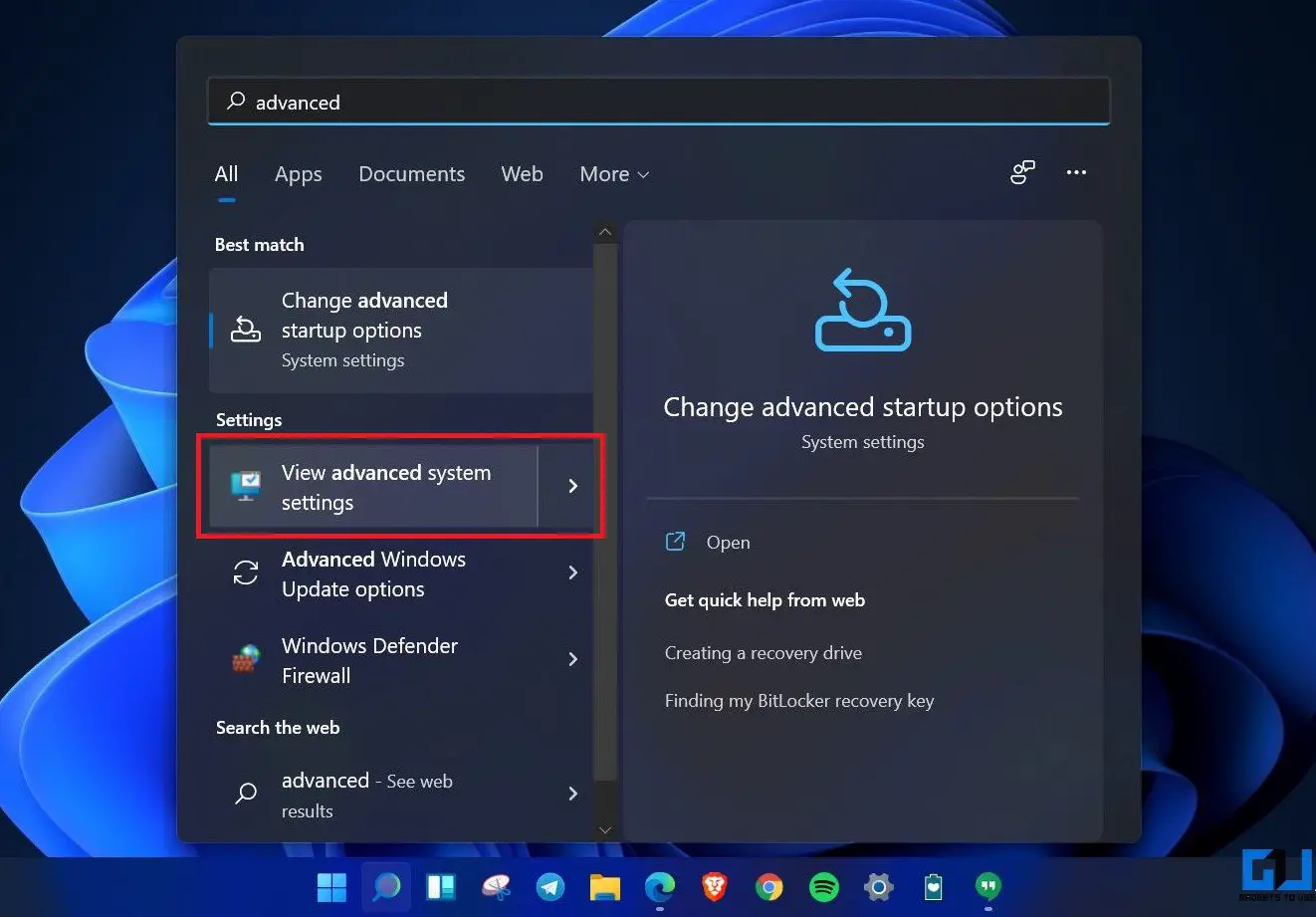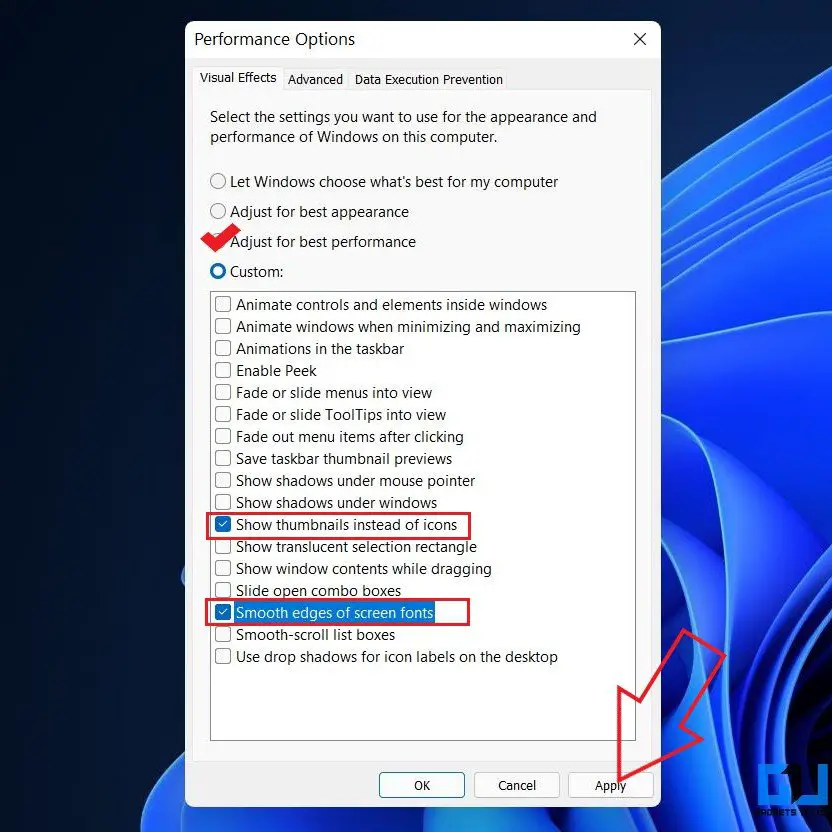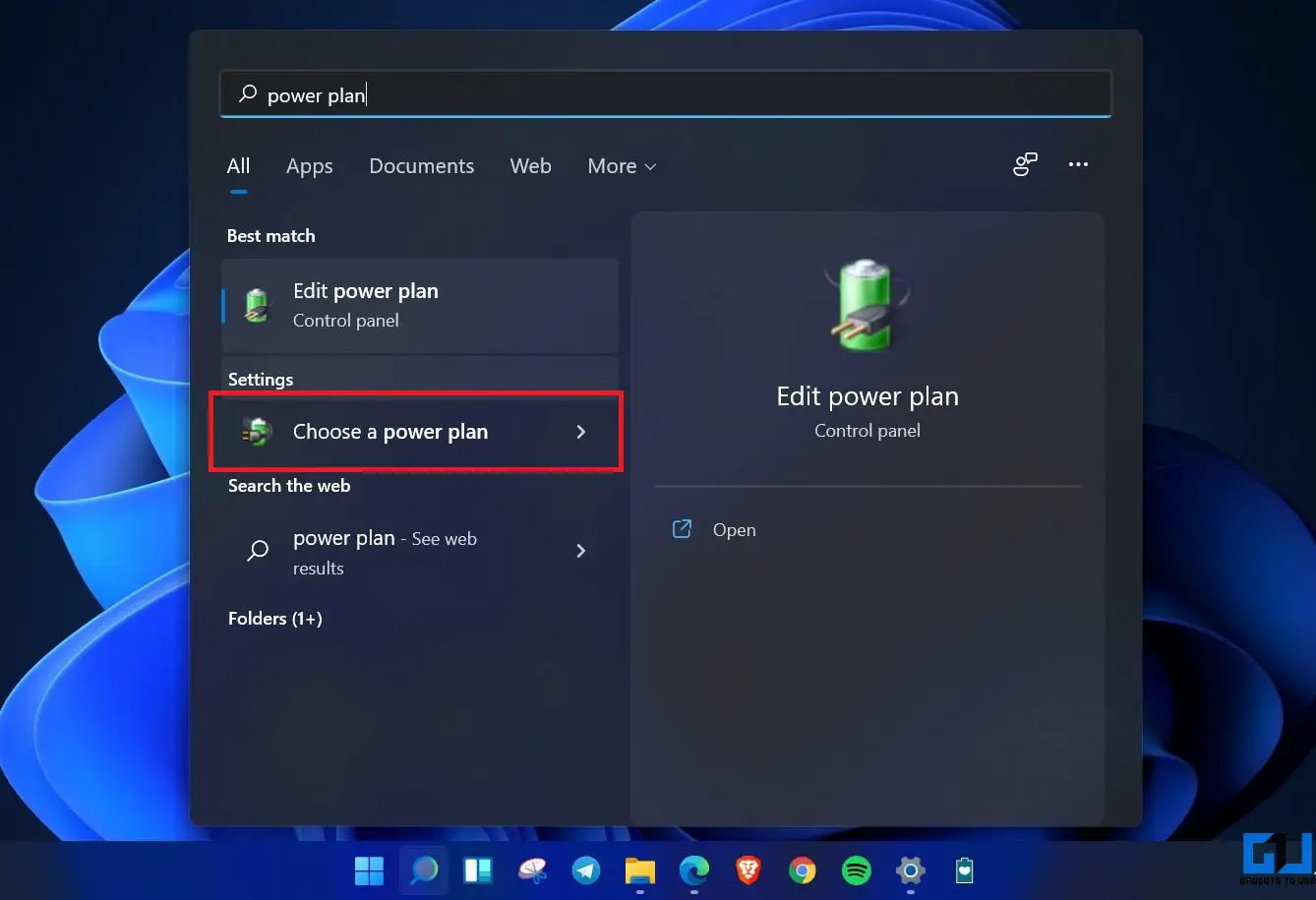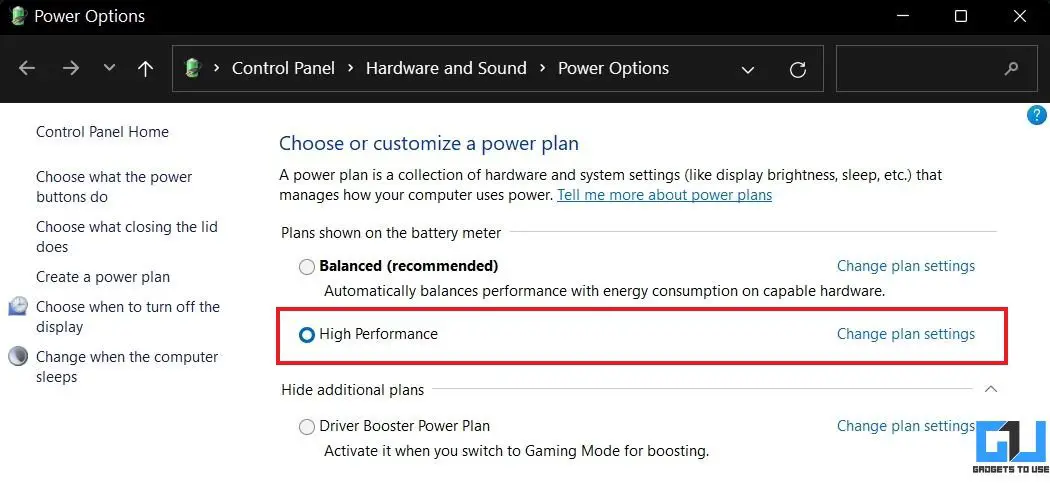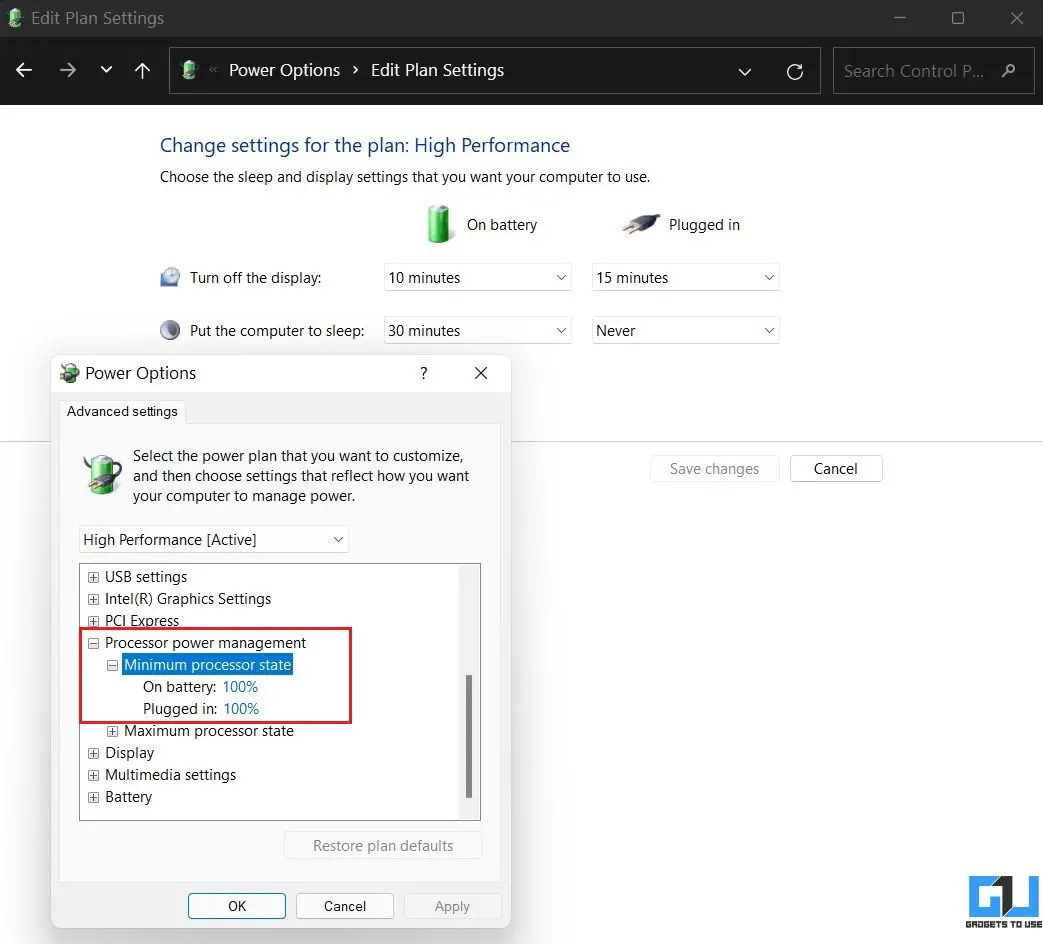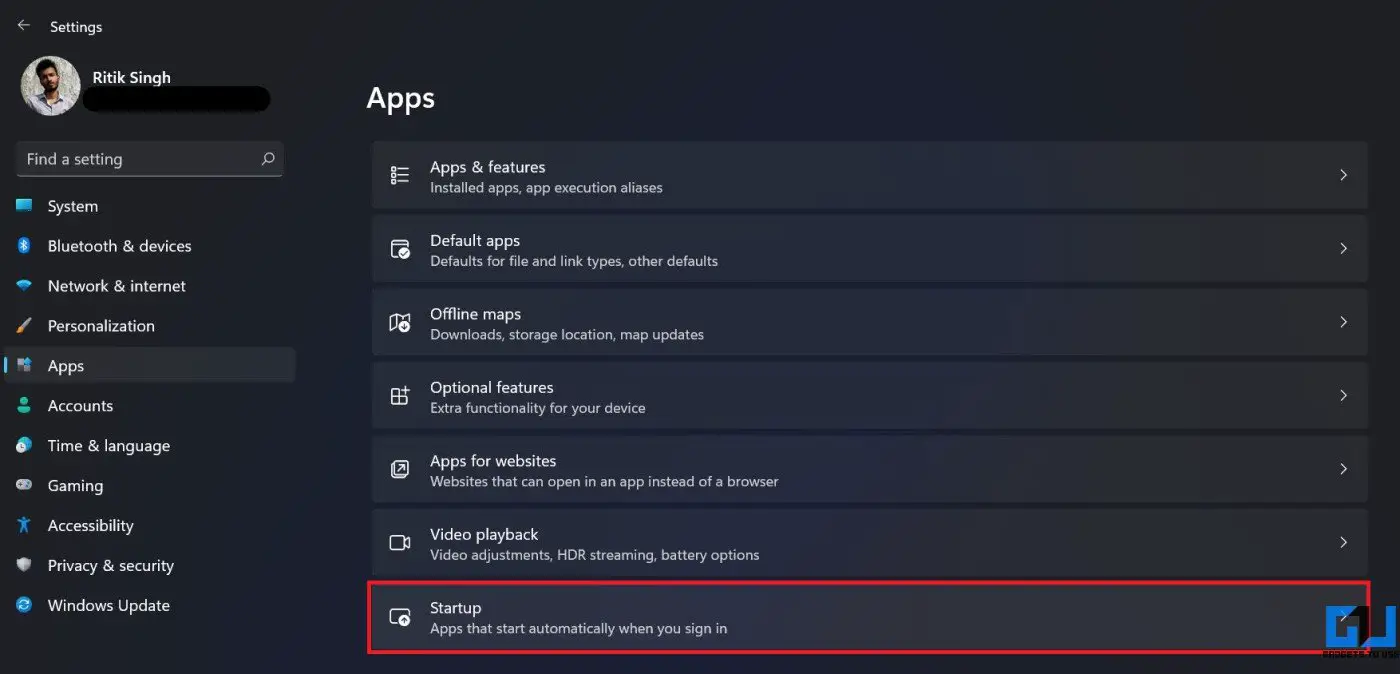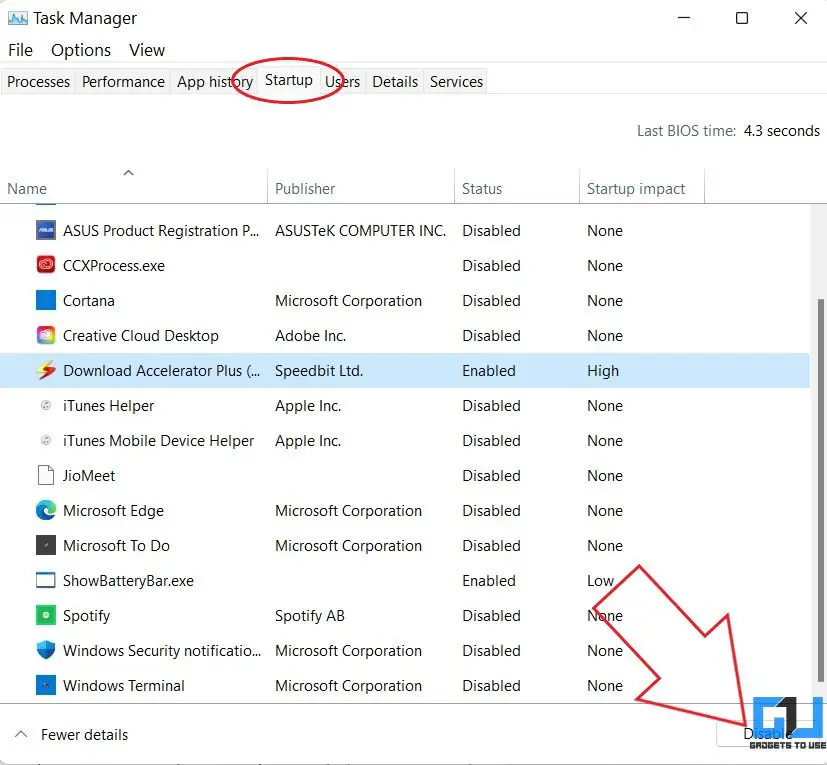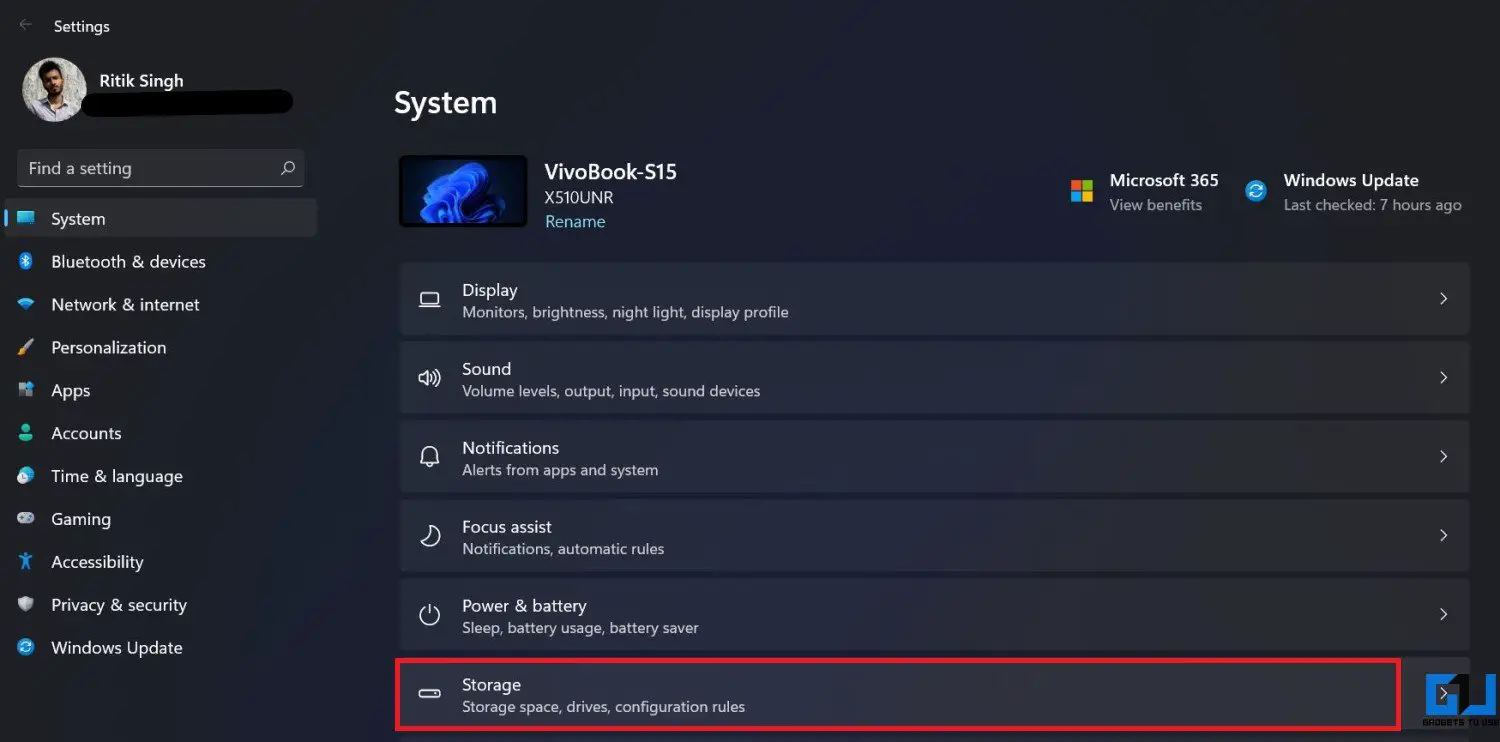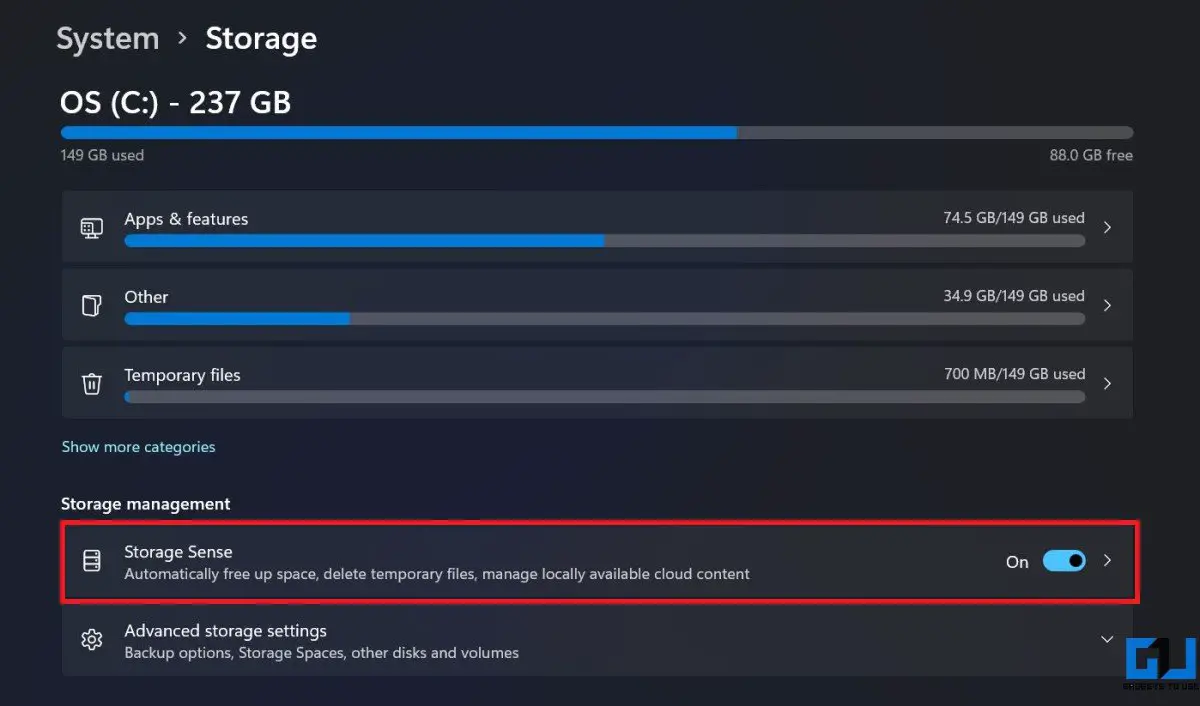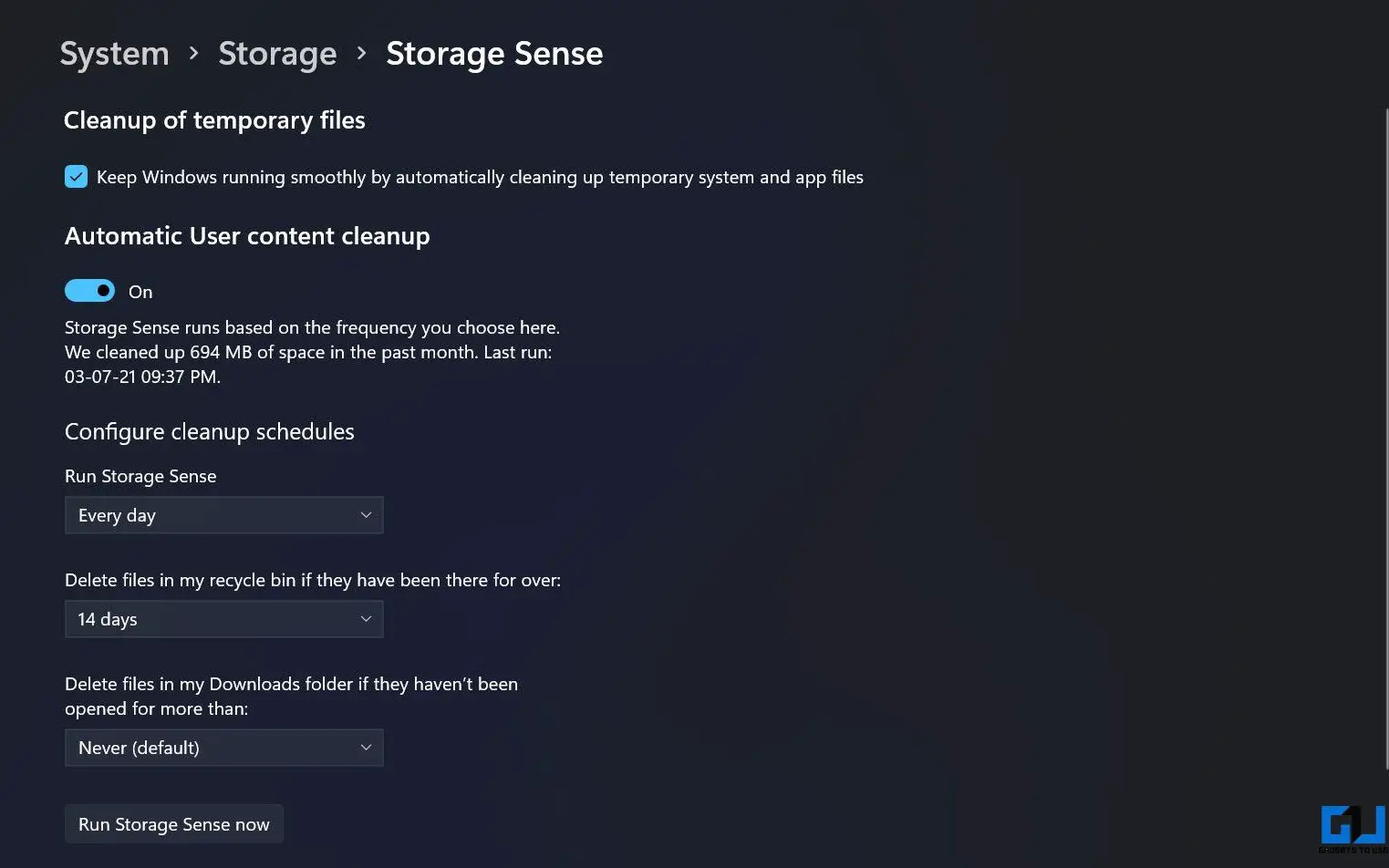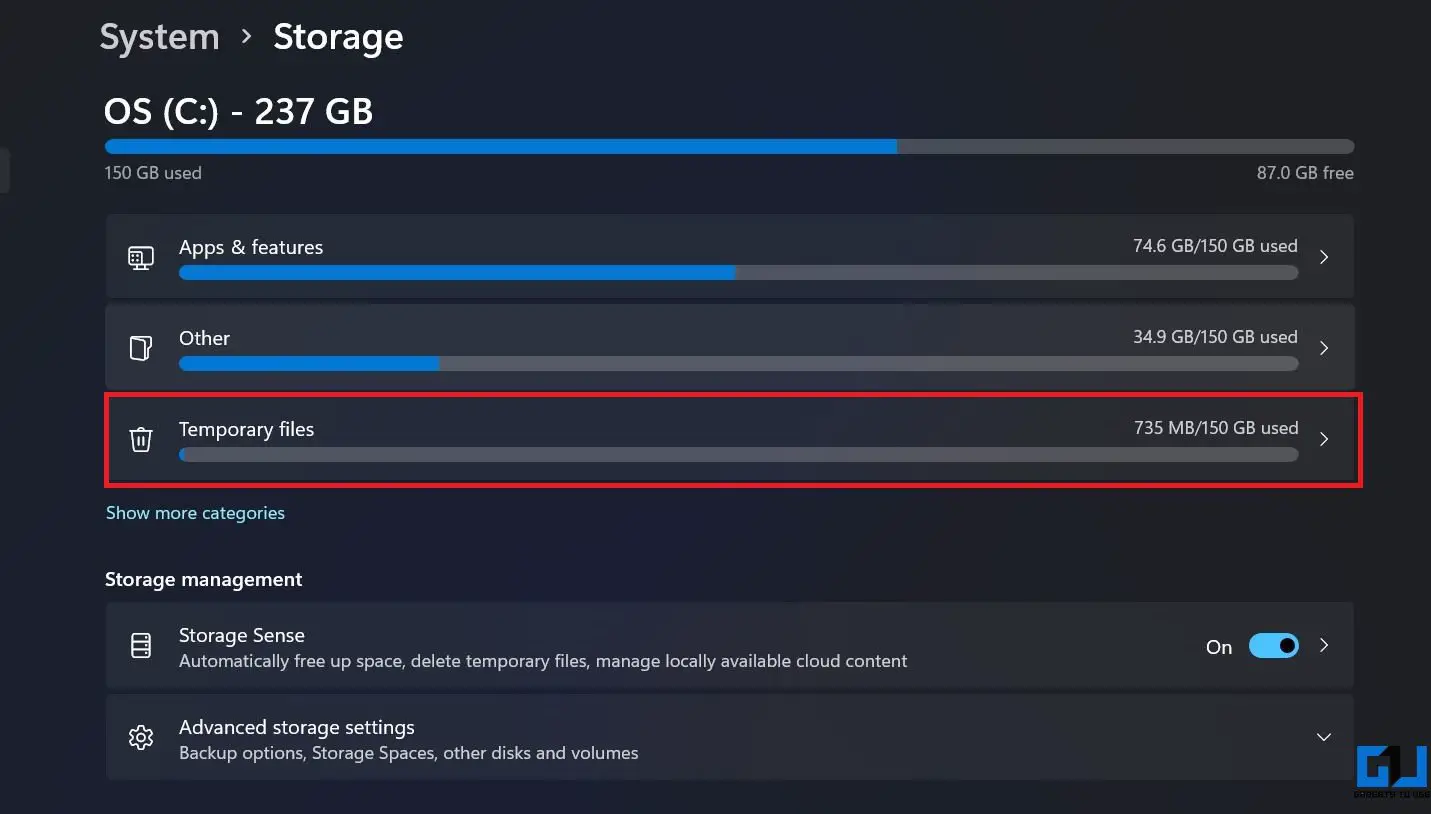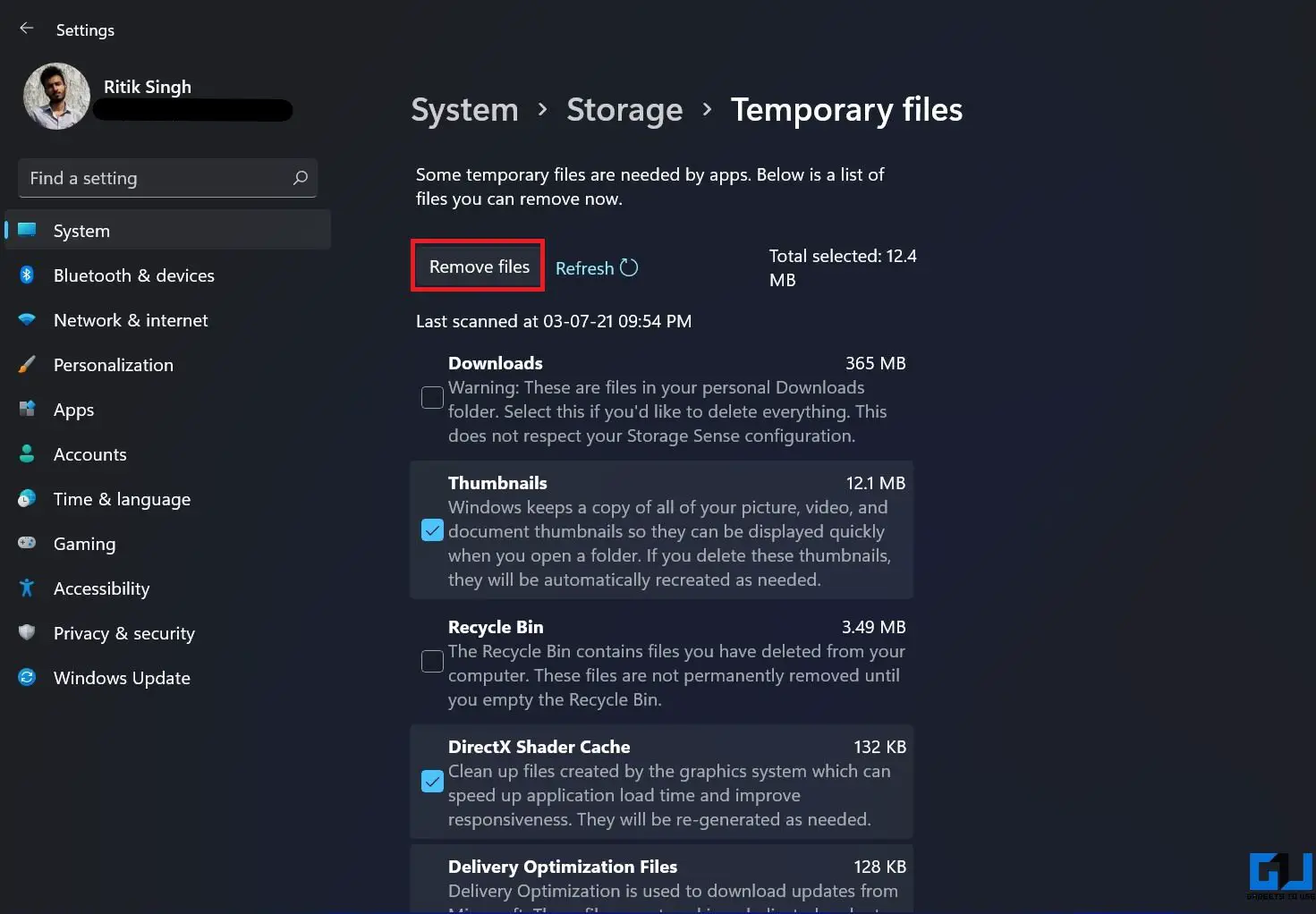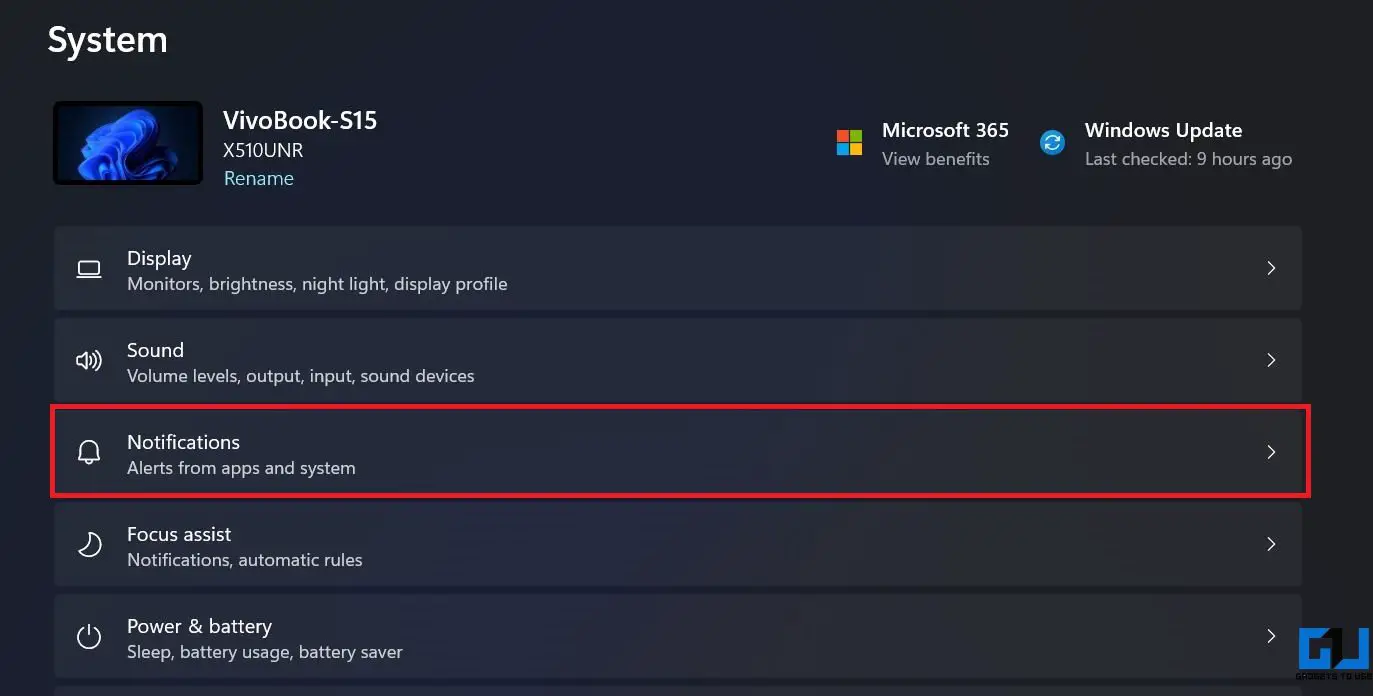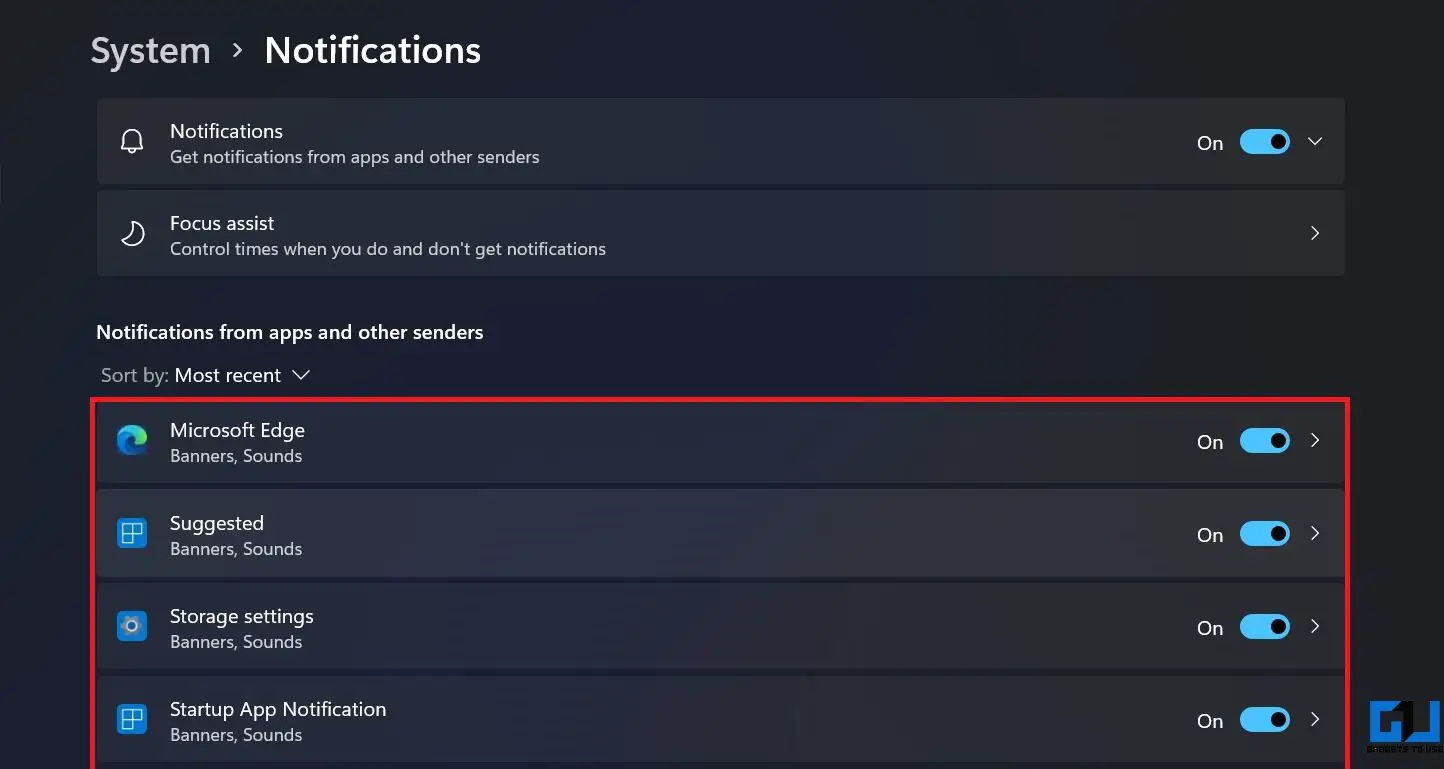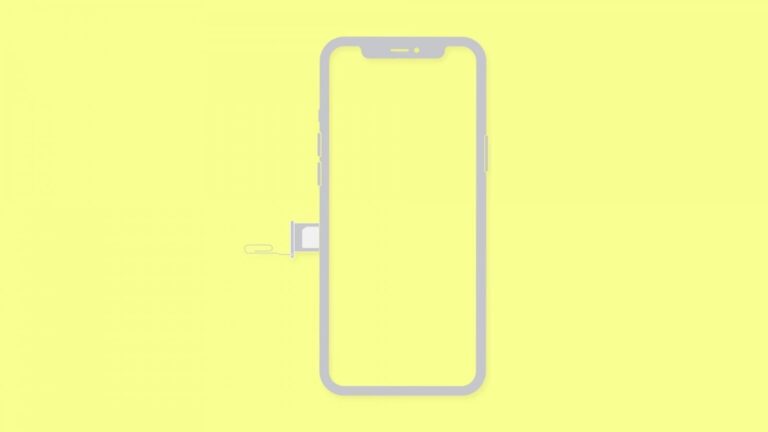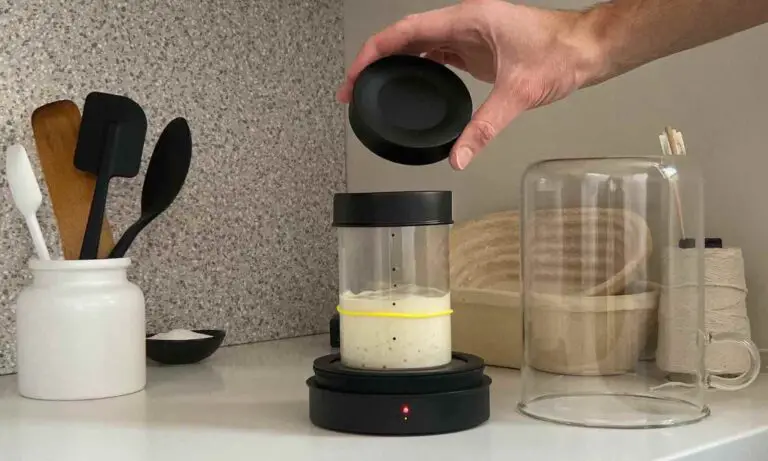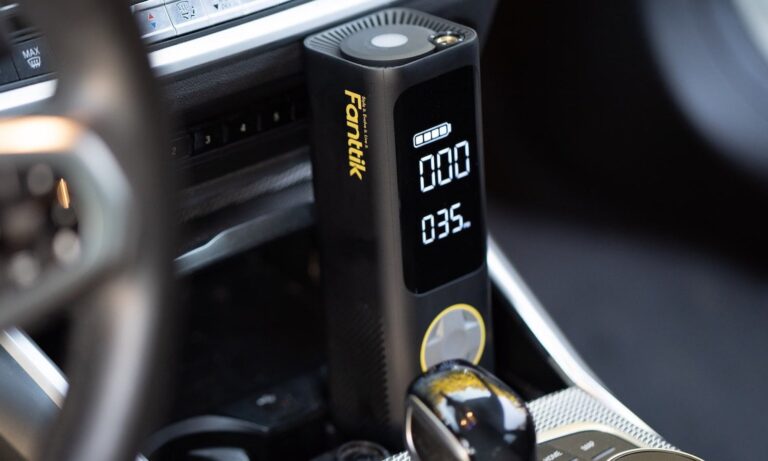7 Ways To Optimize Windows 11 To Make It Faster And Improve Performance
Windows 11 provides several performance improvements over the previous generation of Windows 10. It is sleeker, faster, and more productive. However, many users, especially those who installed Windows 11 on unsupported devices, may experience performance issues including occasional lags and freezes. While minor issues are here to stay with Insider preview builds, here are some quick ways to speed up Windows 11 and improve performance for fast use.
Make Windows 11 Faster and Improve Performance
Like previous versions, Windows 11 has a lot of options that you can tweak to get better performance on your computer. So if you have the new Windows installed on your machine, follow the steps below to get the most out of it.
By the way, if you haven't tried it yet or your machine is incompatible, here's how to install Windows 11 on unsupported PCs.
1. Disable visual effects
Windows automatically decides performance aspects such as visual effects, memory usage, processor planning, etc. for your computer. You can manually configure it to focus more on performance by following the steps below.
1. Open the The Start menu and search for "Advanced".
2. Click on View advanced system settings from the results.
3. Here click on Settings below Performance.
4. On the next screen, select Adjust for better performance.
5. Among the options below, check the boxes for " Show thumbnails instead of icons " and " Smooth edges of screen fonts. "
6. Then click on Apply and press Okay.
It will reduce some visual effects, but at the same time your Windows 11 PC will feel much faster and more vivid without any jitter or lag.
2. Switch to the performance diet plan
The power plan is a mix of system and hardware settings to manage your device's power consumption. Natively, it is set to Balanced mode. But if you don't care much about battery life and want to get maximum performance, you can switch to High performance mode as follows.
1. Open the The Start menu and search for "Diet plan".
2. Click on Choose a diet plan.
3. On the next screen, find the High performance plan and select it. You can also choose the Driver Booster Power Plan for games.
Can't find high performance? Tap "Create Power Plan" in the sidebar, select "High Performance" and follow the onscreen instructions to add it manually.
4. Now press Change plan settings > Change advanced power settings.
5. Here go to Processor power management and make sure the minimum and maximum processor state is 100%.
3. Disable startup apps
The more applications you install on your PC, the longer it will take for Windows to start. You can prevent apps from starting automatically at startup to increase your startup time by following the steps below.
1. Open Settings on your computer and select applications from the sidebar.
2. Here select Start.
3. On the next page, turn off the toggle for apps you don't want to start automatically.
4. Disable startup programs
Task Manager allows you to view startup programs, their impact on computer startup time, and allows you to enable or disable startup programs. Here's how to disable startup programs using task manager in Windows 11:
1. press Ctrl + Shift + Esc to open Task Manager.
2. Go to Start tongue.
3. Right click on programs and select deactivate.
OR Tap the Disable button in the lower right corner to prevent them from starting on startup.
5. Activate storage direction
Windows 11 takes over the Storage Sense functionality of Windows 10. It is designed to monitor your computer's storage and automatically free up space when needed by deleting junk files, such as temporary system files, trash items. , etc.
1. Open Settings and make sure you are in the System tongue.
2. Click on Storage and press Sense of storage.
3. Activate the Storage Sense feature. Select the desired automatic cleaning program.
You can also run Storage Sense by pressing Run Storage Sense now basically.
6. Delete temporary files
Over time, your PC can become cluttered with tons of temporary files. This includes thumbnails, downloads, cache, delivery optimization files, update logs, feedback diagnostics, temporary internet files, previous version files, and more.
You can delete these temporary files whenever needed to free up storage space on your computer. This will definitely have a positive impact on your performance, especially if you are running low on disk space.
1. Open Settings and make sure you are in the System tongue.
2. Click on Storage and press Temporary files.
3. Here, select all the junk files you want to delete and tap Delete files.
Be careful when dealing with "Downloads" as they contain all of your downloaded files. Also, if you recently upgraded to Windows 11, the PC may have files from previous version. Only delete them if you are sure you won't be going back anytime soon.
7. Disable notifications
Constant notifications can cripple your computer. Fortunately, like the previous version, Windows 11 lets you turn off notifications.
1. Open Settings on your computer.
2. In the System tab, select Notifications.
3. Here see and deactivate the notifications for unwanted applications.
Turn off notifications only for apps that aren't important to you. Otherwise, you might miss important alerts.
Conclusion - Enjoy a faster Windows 11
These were a few practical ways to speed up the new Windows 11 and improve its performance. Hope your Windows 11 computer is now running faster and faster than before. Follow all the steps and let me know about your experience. If you have anything else to add, please contact us via the comments below. Stay tuned for more articles like this.
